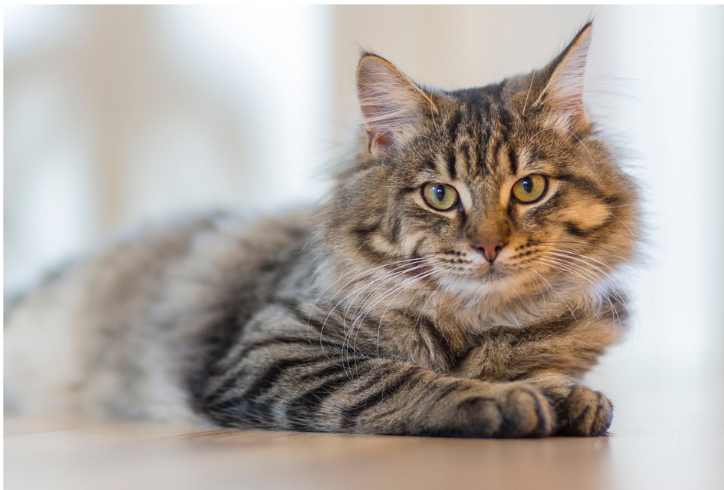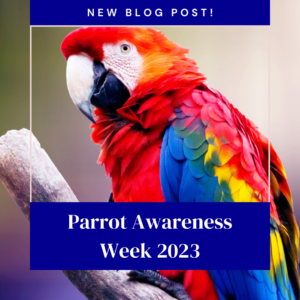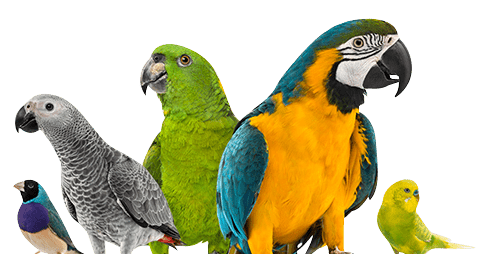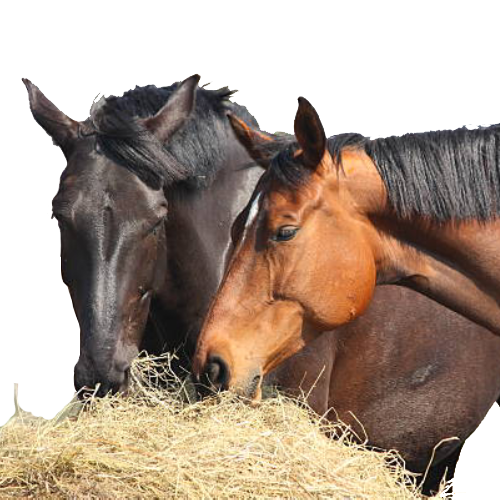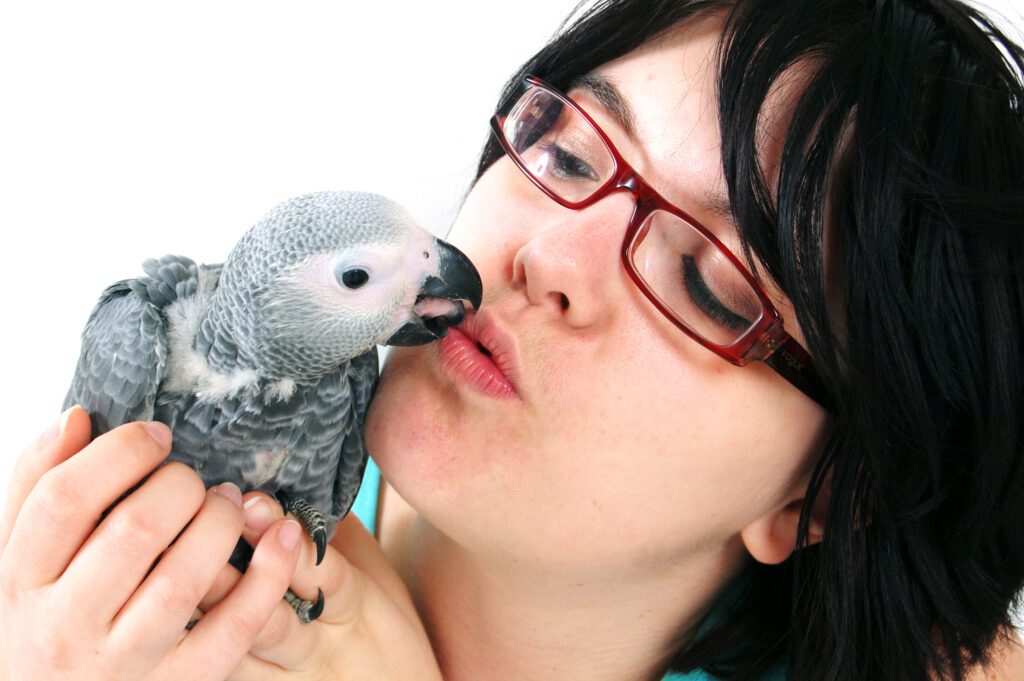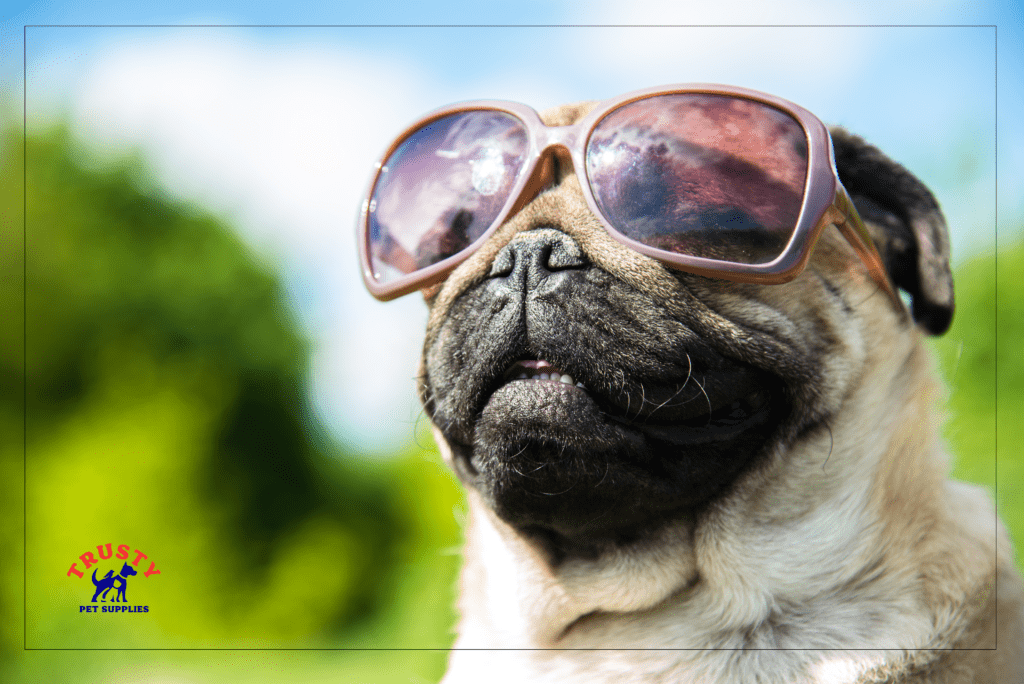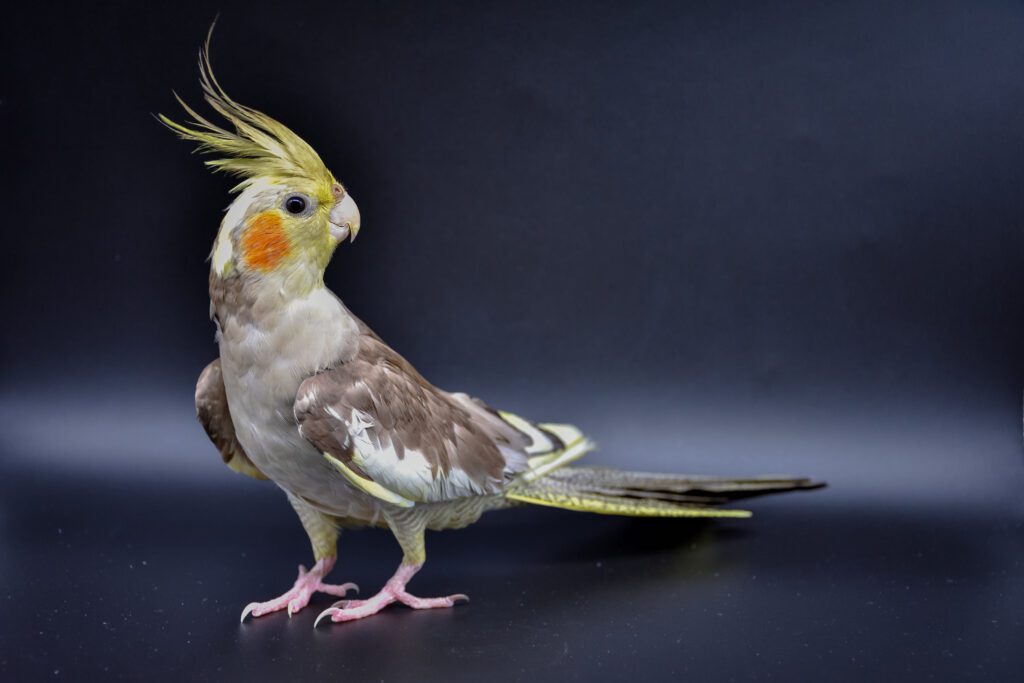How to Handle a Parrot
Handling a parrot requires patience, care, and understanding. Parrots are intelligent and social creatures, and building a strong bond with them is essential for a successful relationship. Here are some tips on how to handle your parrot:
1. Start Slowly: If you’ve just acquired a new parrot or are introducing handling to an existing bird, take it slow. Allow the parrot to acclimate to its new environment and observe you from a distance before attempting any direct interaction.
2. Approach with Respect: Parrots can be sensitive to sudden movements and loud noises. Approach your parrot calmly and quietly, giving it time to observe and get comfortable with your presence.
3. Use Positive Reinforcement: When your parrot displays desirable behaviour, such as stepping onto your hand or being calm, reward it with treats or verbal praise. Positive reinforcement helps to build trust and encourages your parrot to engage in positive interactions.
4. Be Gentle: Always handle your parrot gently and avoid grabbing or squeezing. Use a steady and relaxed grip when holding your bird.
5. Observe Body Language: Learn to read your parrot’s body language. Signs of stress or discomfort include rapid breathing, fluffed feathers, wide eyes, and aggressive postures. If you notice these signs, give your parrot space and try again later.
6. Gradual Step-Up Training: Train your parrot to step up onto your hand or a perch using positive reinforcement techniques. Start by presenting your hand or a perch near the bird, and when it voluntarily steps onto it, reward it with treats and praise.
7. Wing Clipping (optional): Some parrot owners choose to clip their bird’s wings to prevent them from flying. If you decide to do this, ensure it is done correctly and consult with an experienced avian vet or a professional bird trainer.
8. Respect Personal Space: Parrots need their space just like any other creature. Avoid forcing interactions or handling when the parrot seems uninterested or withdrawn.
9. Provide Enrichment: Keep your parrot mentally stimulated and physically active with toys, puzzles, and other forms of enrichment. An engaged and happy parrot will be more receptive to handling.
10. Regular Socialisation: Spend quality time with your parrot daily. Socialisation is crucial for maintaining a strong bond and trust between you and your feathered friend.
Remember that each parrot is an individual, and their comfort levels with handling may vary. Some parrots may enjoy cuddling and physical contact, while others may prefer interaction from a distance. Always be patient and considerate of your parrot’s needs and boundaries. If you’re unsure about proper handling techniques or your parrot’s behaviour, seek advice from an avian vet or a certified bird behaviourist.


